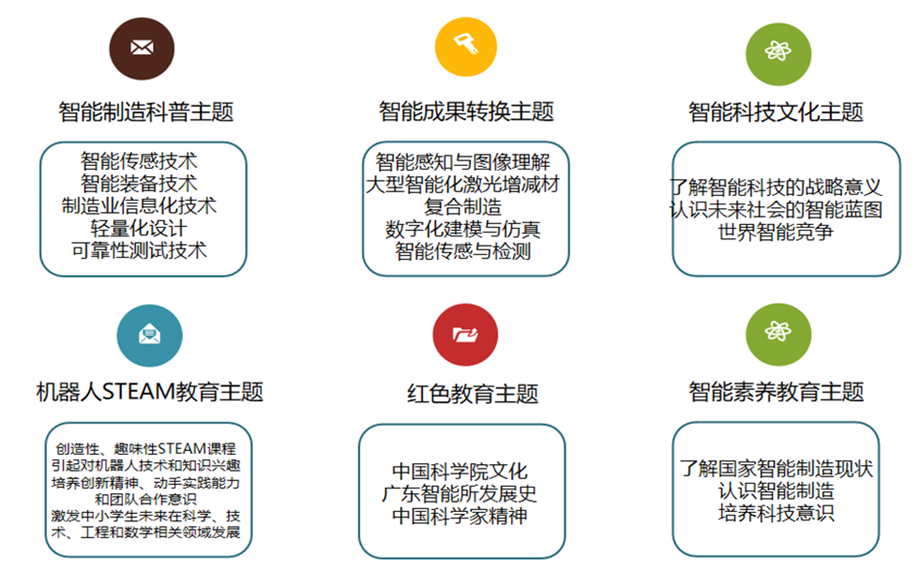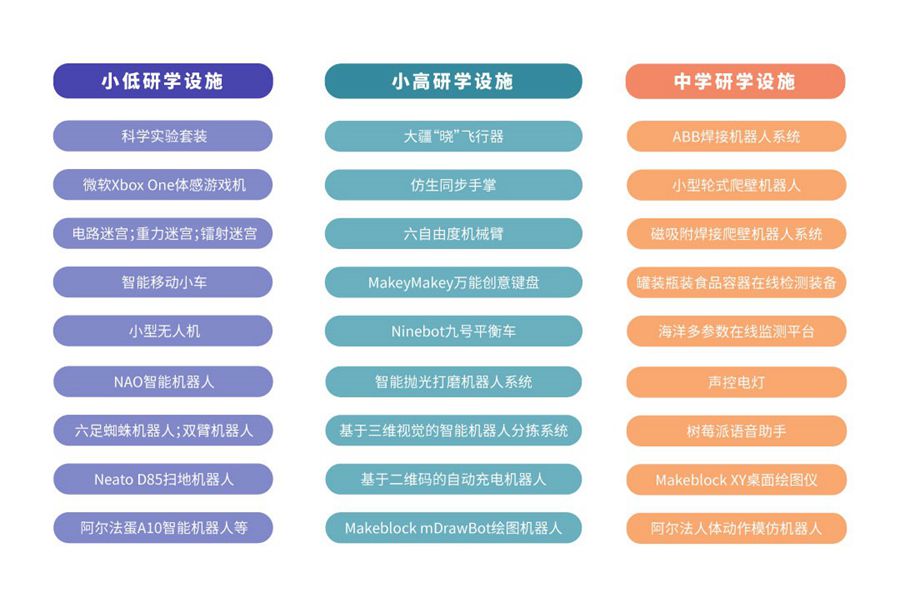邵文鑫 杜玉晓
(广东工业大学自动化学院,广东 广州 510006)
摘要:针对脑电情绪识别中情绪特征单一,难以有效利用电极通道间信息的问题,提出一种多域特征融合的脑电情绪识别方法。首先,根据脑电图特性构造一种三维特征结构,融合差分熵特征、小波包能量特征和电极通道间的空间特征,以充分保留脑电图在频域、时域和空间域的有效信息;然后,针对三维特征结构,将三维卷积神经网络(3DCNN)、长短时记忆(LSTM)网络和注意力机制相结合,构建脑电情绪识别模型CLANN。在基于生理信号的情绪分析数据集(DEAP)上的实验结果表明,CLANN模型的二分类识别准确率达到94.50%,提升了脑电情绪识别准确率。
关键词:脑电情绪识别;多域特征融合;三维卷积神经网络;长短时记忆网络;注意力机制
中图分类号:TP391.4 文献标志码:A 文章编号:1674-2605(2025)05-0005-09
DOI:10.12475/aie.20250505开放获取
EEG Emotion Recognition Method for Multi-domain Feature Fusion
SHAO Wenxin DU Yuxiao
(Guangdong University of Technology, School of Automation, Guangzhou 510006, China)
Abstract:To address the issue of limited emotional features and ineffective utilization of inter-electrode channel information in EEG-based emotion recognition, this study proposes an EEG emotion recognition method for multi-domain feature fusion. First, a three-dimensional feature structure is constructed based on EEG characteristics, integrating differential entropy features, wavelet packet energy features, and spatial features between electrode channels to fully preserve effective information in the frequency, time, and spatial domains. Then, for the 3D feature structure, a hybrid EEG emotion recognition model named CLANN is built by combining 3D convolutional neural network (3DCNN), long short-term memory (LSTM) network, and attention mechanism. Experimental results on the DEAP (dataset for emotion analysis using physiological signals) demonstrate that the CLANN model achieves a binary classification accuracy of 94.50%, improving the performance of EEG-based emotion recognition.
Keywords: EEG emotion recognition; multi-domain feature fusion; 3D convolutional neural network; long short-term memory network; attention mechanism
























































